BBC Earth newsletter
BBC Earth delivered direct to your inbox
Sign up to receive news, updates and exclusives from BBC Earth and related content from BBC Studios by email.
Plants
Five amazing facts about mushrooms you may not have known.
Throughout history mushrooms have served many purposes, from benefiting diets, to being used as medicine. In this podcast episode, we dig deeper in to their uses with Long Litt Woon from Norway, who shares her experience about how they helped her overcome her grief. An inspiring journey of mushrooming and mourning.
Whilst there’s still so much more for science to discover about the fascinating members of the fungi family we do know the following facts about one of the kingdom’s most recognisable members: the mushroom.
Listen here to learn more about the restorative power of fungi, and for more awe-inspiring stories about the natural world.
Animals (including humans) are more closely related to mushrooms than plants.
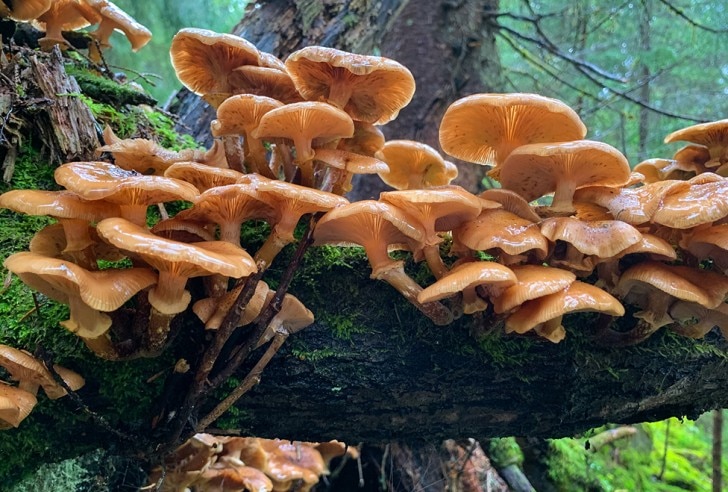
Mushrooms are part of the fungi family, which is an entire kingdom of its own, separate from plants. The fungi kingdom consists of mushrooms, lichen, yeast, plant rusts, moulds, and smut. Mushrooms are the fruit body of fungi, living a short life-span to produce spores so that the fungus can spread.
According to scientists, fungi cells are surprisingly similar to human cells. It’s estimated that fungi split from animals about 1.538 billion years ago - 9 million years later than plants did. And unlike plants, which can photosynthesise, animals and fungi are both reliant on external food sources for energy.
Fungi also contain a substance called chitin in their cell walls, which also occurs in the external skeletons of insects, spiders and other arthropods.
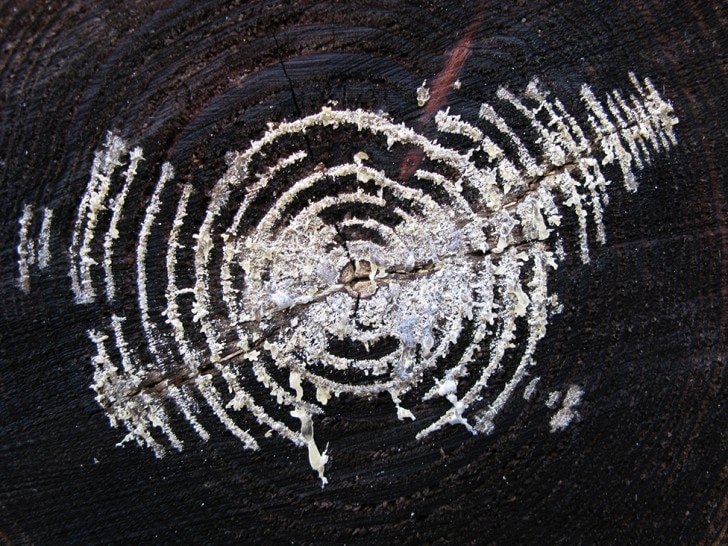
Underneath an individual mushroom is a vast network that can spread for acres. It consists of thin threads known as mycelium which connect different plants in a forest.
They have a mutually beneficial relationship with fungi, as plants provide fungi with carbon-rich sugars, and in return fungi provide plants with nutrients taken from the soil.
These mycelial networks allow plants and fungi to not only exchange goods between each other, but also help different plants in the forest to communicate. Older and larger trees use the network to nurture seedlings by transferring carbon to them and helping them survive.
But it’s not all altruistic: the network can also be used by trees to sabotage their neighbours by “stealing”’ carbon, or releasing harmful chemicals to their rivals.
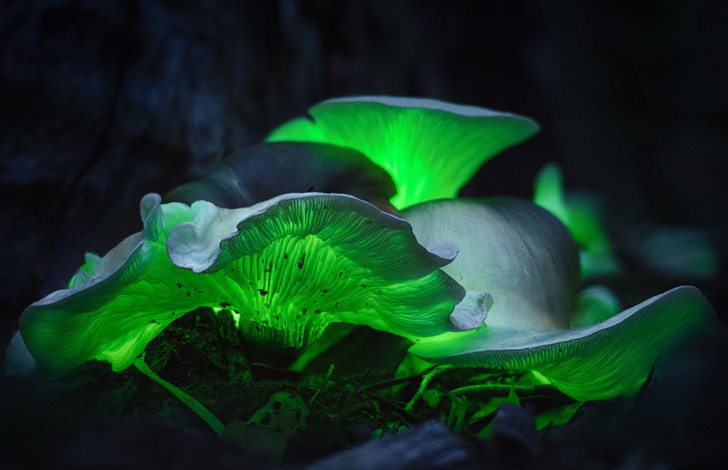
About 80 fungal species are known to be bioluminescent. Scientists studying two of these mushroom species - the Neonothopanus gardneri in Brazil and the Neonothopanus nambi in southern Vietnam - discovered that the mushrooms contained a compound called luciferin and the oxidative enzyme, luciferase. When these two mix with oxygen, it triggers a chemical reaction that emits light.
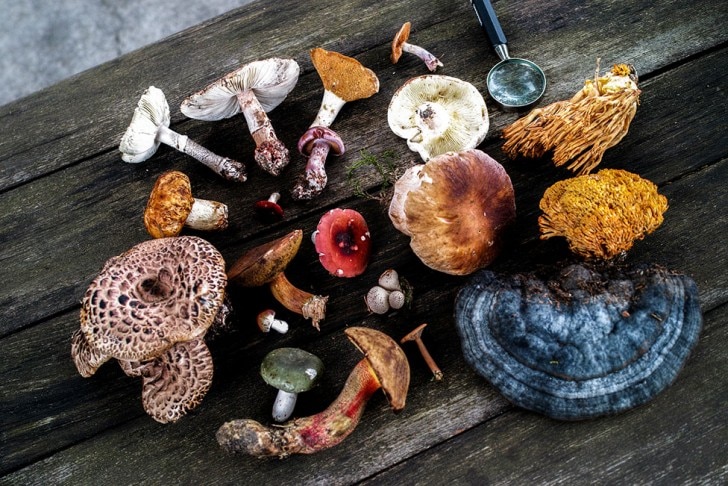
Around 4500 BCE, the Greek physician Hippocrates classified the Amadou mushroom as a potent anti-inflammatory. And the first peoples of North America used – and still use - puffball mushrooms to heal their wounds.
Whilst there is little scientific evidence to support the medicinal benefits of mushrooms, they’ve featured in traditional Chinese medicine for centuries.
There are lots of different types of mushrooms, including edible ones – obviously – as well as hallucinogenic and poisonous ones. It’s estimated that poisonous mushrooms cause more than 100 deaths per year globally, with thousands in need of medical assistance.
Meanwhile, of the estimated 10,000 species of mushroom, 216 species of fungi are thought to be hallucinogenic, and there has been much talk about how ‘magic mushrooms’ may be an effective treatment for certain mental health issues.
Magic mushrooms naturally contain a psychoactive compound called psilocybin. In a trial by researchers at Imperial College London on patients with treatment-resistant depression, patient-reported benefits apparently lasted up to five weeks after treatment.
Researchers believe the psychedelic compound found in magic mushrooms may be effective by resetting the “circuits” in the brain that are thought to play a role in depression.
However, much more research and testing is needed to establish the longer term effects and efficacy of using magic mushrooms as a treatment for conditions such as severe depression.
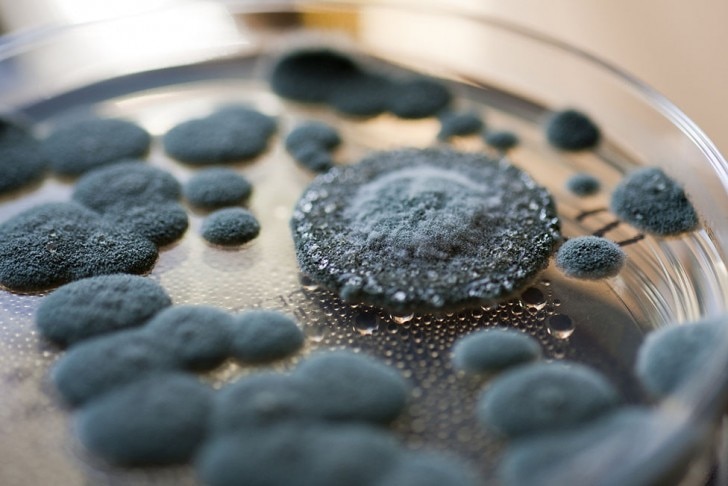
Plastic generally takes years to degrade, but a fungus called Aspergillus tubingensis could break down plastic in just a few weeks.
The fungus was first discovered in 2017 growing in a landfill in Pakistan. Researchers from Quaid-i-Azam University found that it could break down polyurethane, which can be found in materials such as synthetic leather.
According to the researchers, the fungus secretes enzymes that help degrade the plastic, and in return they absorb organic matter back into their cells.
Featured image © Nastco | Getty